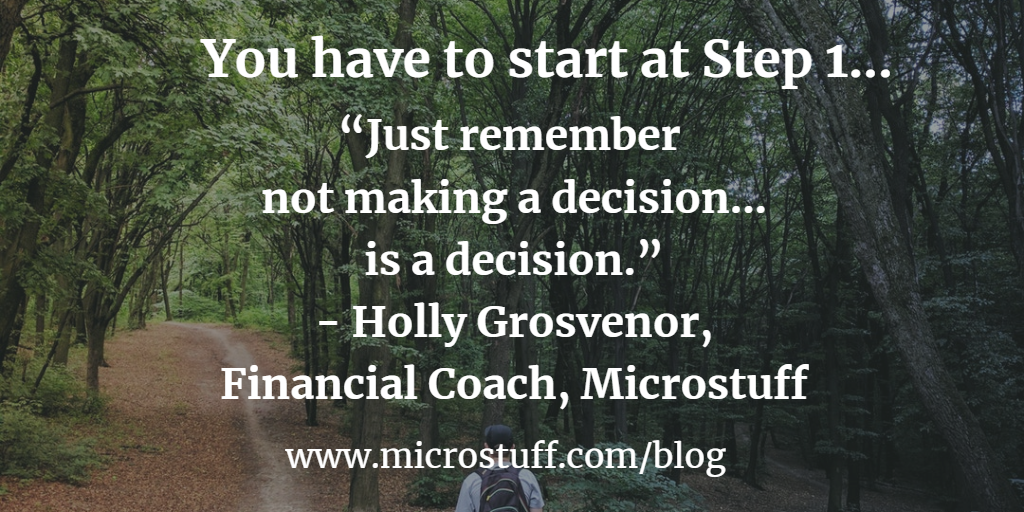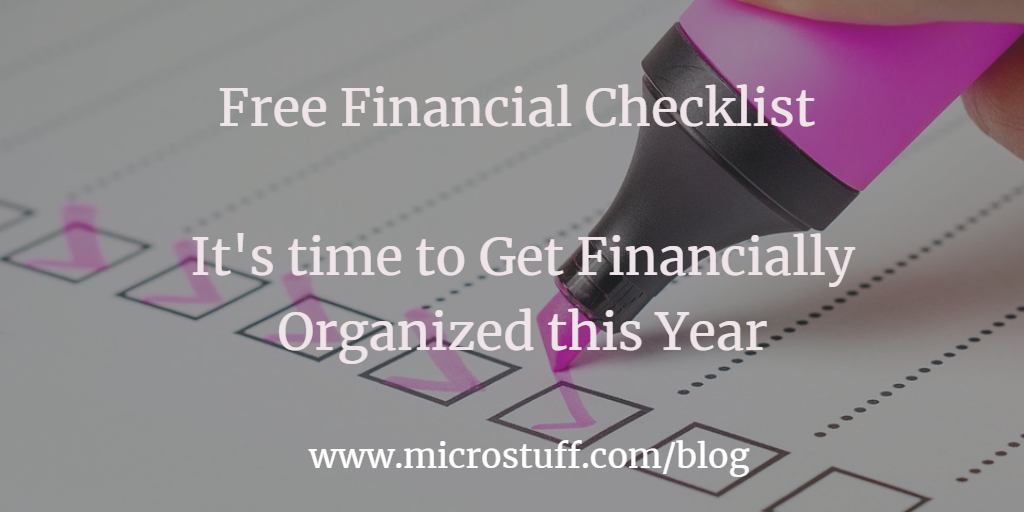It was Christmas Eve. We had just finished watching Home Alone (as is a family tradition) and my son picked up a book about origami. He thought it was a great time to start origami at 9:00pm. He wanted to start on the expert level and was asking lots of questions. Neither my husband nor I know that much about origami, and the book stated that you should start with the easy ones first. We pointed out to my son that we needed to learn the beginning of the steps from the easy section.
His reaction was upset and in frustration said, ”I don’t want to do Kindergarten work. I’m not in Kindergarten!”
Immediately, my husband pointed out to him in a gentle way, ”In this book, you need to learn the easy ones first. We don’t know how to do the advanced steps unless we do the beginner ones first.”
This made me react and say, ”Yes, in every one of my new skills I have to start from the beginning. This includes sewing and calligraphy.” He knows I enjoy those activities.
This reminds me of the Sound of Music song: ” You need to start from the very beginning….”
Now, I have that song in my head…
You’re welcome… 🙂
My son was still frustrated yet agreed that he needed to start on the easy ones first. In the morning he started them and realized as he practices he can move on from the easy ones to more advanced ones.
This got me to start drafting this blog post.
I want to make sure for those that say:
“I don’t know how to manage my money?”
or:
“I don’t know how to invest?”
or:
“I don’t know how to get out of debt?”
or
“I don’t know what to do?”
The truth is that nobody learns these financial habits overnight. It takes time. It can be a little frustrating. It can be scary. Fear keeps us from making decisions.
Hang in there!
You just need to start slow and start with the easy steps. It takes practice and time to get there. Achieving the end goal of being debt free or having a high net worth won’t happen overnight.
There are so many financial books out that talk about basic steps. I agree 100% with them. They have the same premise.
You have to start at Step 1.
You have to start. Not making a decision is making a decision.
What are my Steps?
Step 1: Collect all of your information and get organized
Here is a free .pdf that you can download so you can track all of your accounts (both assets and debts). That will get you the information that you need to figure out the rest.
FREE .pdf after signing up for Microstuff Newsletter
You have to have the numbers first so you know where you are and then you know what to work on.
Step 2: Create a Positive cash flow
This step is making sure you aren’t spending all of your paycheck. You need to be saving some of it. I go over this in this post. As soon as you have positive cash flow you can start working towards debt pay off and saving for the future. Some people may even call this positive cash flow emergency savings and in some sense it is! It is saving you from living paycheck to paycheck.
Step 3: Understanding your debt
The debt (money you owe others) is what keeps people from saving enough. Figuring out exactly how much debt you have is so important.
- What are the min payments?
- What are the interest payments?
- What are the balances?
There are several different methods for paying off debt. All of them are good.
I suggest focusing on the following in this order:
- credit cards
- personal loans
- Car loans
- student loans.
- Last but not least is the mortgage debt*
*The only debt I would wait on is the mortgage debt.
A quick summary of the different methods of paying off debt:
Snowball methods – while still paying the minimum amounts on all debt, take an extra amount and apply it to the debt with the smallest balance first. After that debt is paid off, take what you had paid monthly as well as that extra amount and put it towards the next smallest debt. This method can be the most rewarding as you will most quickly reduce the number of loans on which you owe money.
Avalanche methods – while paying the minimum amounts on all debt take an extra amount and pay off the debt with the highest interest rate (not necessarily the one with the lowest balance). After that debt is paid off pay off the next highest interest rate debt. This method can save you the most money long-term in interest paid.
Every person as a different situation and depending on income and debt either of the above methods can work beautifully.
What is the extra amount?
My calculation on extra amount is a little different. I like to start with 1%. Take 1% of your pay per month and put it towards this debt. If you can do a bit more that would be great.
For example: If you make $2000 a month that would be $20. $20 may not seem like a lot but that small amount can make a big impact. Then the next month if you can try to aim for $40. This can be found from reducing expenses or increasing income.
Extra Amount towards Debt
Step 4: Emergency Savings
Build a good cushion of emergency savings. I suggest at least a month’s worth of income and making it a goal to reach 3 months or more of savings. This is very personal because if you have a variable income you will need more for those months you don’t make as much. For those that have a steady income this may not need to be as much so you can start working on your other goals like debt repayment and retirement savings.
To save this emergency savings I suggest using the 1% rule here too of your pay per month and each month increase it by 1% so you can reach this goal faster.
For example: If you make $2000 a month that would be $20. $20 may not seem like a lot but that small amount can make a big impact. Then the next month if you can try to aim for $40. This can be found from reducing expenses or increasing income.
I’m slowly learning the process of blogging and getting these ideas down and this is new to me. I’ve learned I have to just start. You need to do the same thing to manage your finances, and remember: I’m here to help!
Emergency Savings
Step 5: Retirement Savings
There are so many different ways to save. There are basic savings accounts for cash flow and emergency savings, retirement investment accounts, and taxable investment accounts.
Retirement savings (Employer-sponsored retirement like 401k, TSP, 401a, 403b etc.) that have a match from the employer should be your highest priority. Think of it as free money added to your salary.
Get the employer match and don’t leave it on the table.
In some cases, that is 2%, 3%, 6%, 10% or more. Think of it is a raise!
The most important one is the employee match. Then you can start looking at the other options.
Remember: you have to start at Step 1 before you can do Step 2.
Don’t jump to the intermediate or advanced steps
I highly recommend this order or you will get stuck.
“Nobody ever said that they wish they had waited to get their finances under control. “ – Holly Grosvenor
Cash flow needs to be done first.
Then start saving in the emergency fund, retirement and debt pay down TOGETHER but slowly as soon as you get the hang of it then you can increase the savings rate.
Jumping ahead will just make it complicated for you.
Don’t do the following:
Don’t pay off your credit card or debt until you have positive cash flow. This may cause you to get back into debt.
Don’t start saving the max in your 401k retirement account (currently $19,000) until you have positive cash flow. Same as above, it can cause you to get back in debt.
Don’t pay off ALL debt and not save for retirement at the same time. You will get so far behind.
Start now! Remember: I’m here to help!
“Just remember not making a decision is a decision.” – Holly Grosvenor
Step 1: Collect all of your information and get organized
Step 2: Create a Positive cash flow
Step 3: Understanding your debt
Step 4: Emergency Savings
Step 5: Retirement Savings








This is a great message! We all want to make it to the finish line, but we forget we have to start at step 1. So true!